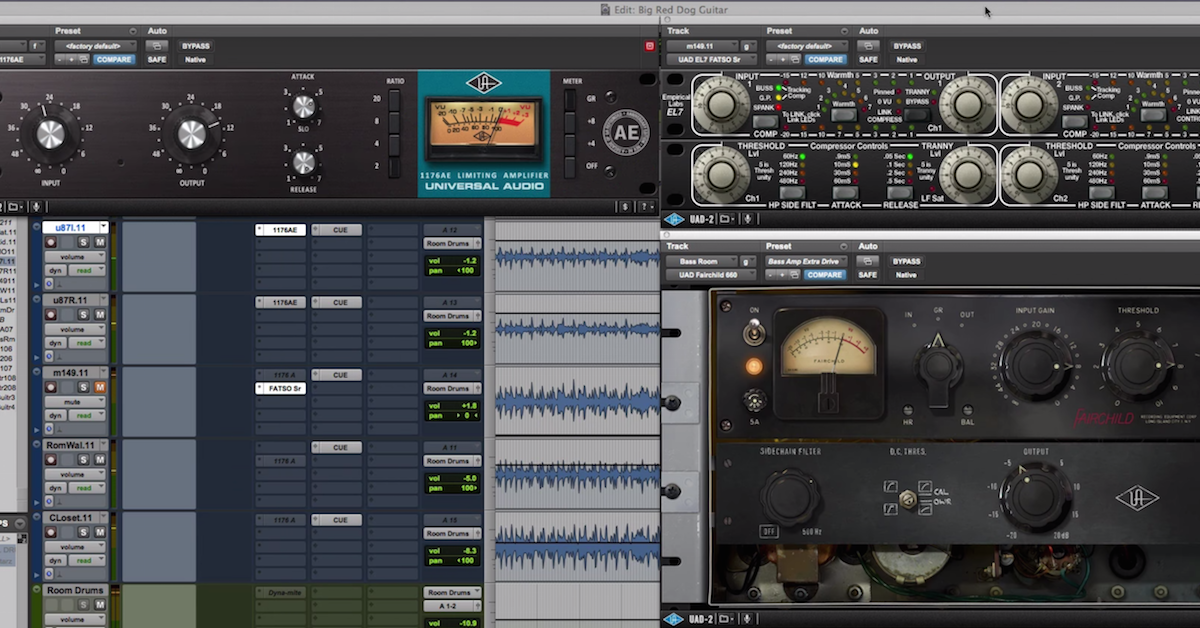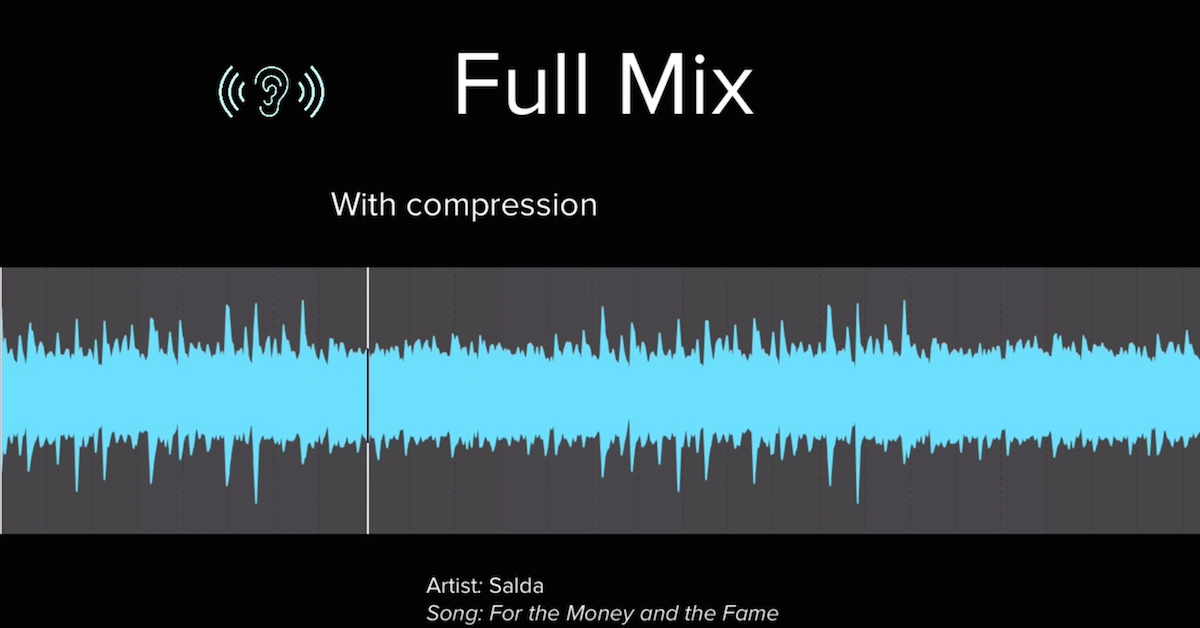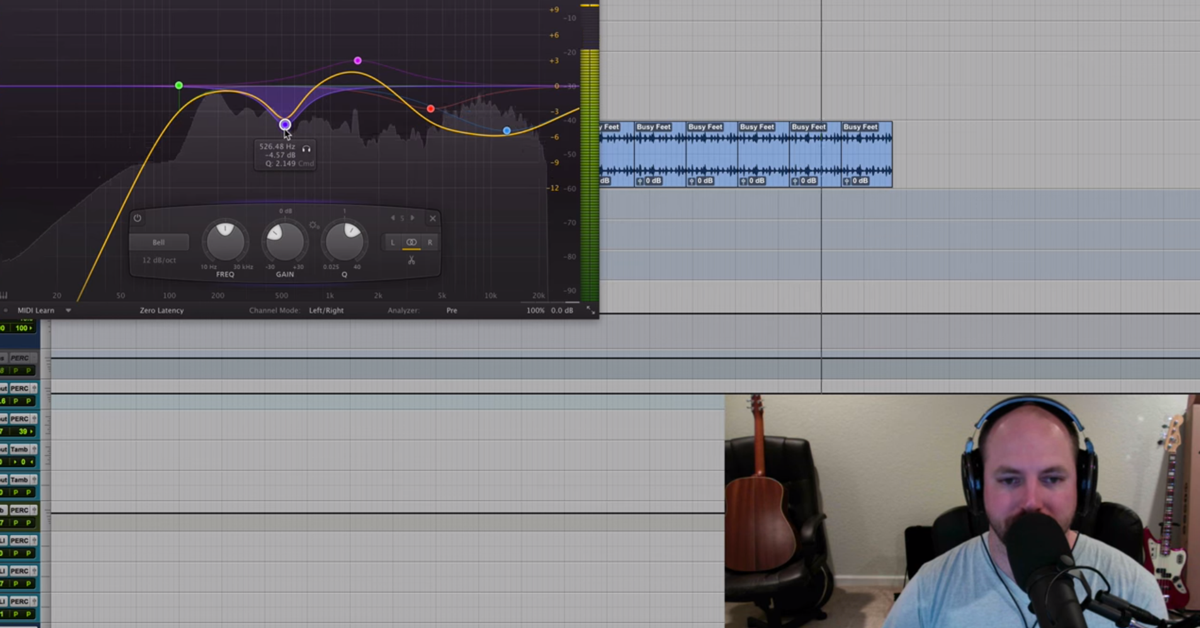5 Things to Listen for When Using Compression
Article Content
Compression is an invaluable tool for audio engineers. Despite having been engineering for over 15 years now, I feel as if I’m still learning new techniques and applications for compressors on a regular basis.
Here are some well-known (and not-so well-known) things to listen for when applying compression to a signal.
1. Control of Dynamics and Taming Peaks
This is the primary application for which most engineers will use compression.
On vocals, for example, I enjoy using the classic 1176 > LA-2A combination for taming the loud, perhaps harsh peaks, and making the vocal seem more “even” by bringing the amplitude of the quiet parts closer to the loudest ones.
The term “smooth” comes to mind when I think of the sound that can be achieved with this technique. An understanding of how to manipulate attack and release times is extremely important for this application, and always keep in mind that each compressor behaves a bit differently.
Go-to compressors: Tube Tech CL1B, 1176 into an LA-2A
2. Room Sound and Perceived Intensity
This is always a lot of fun to do when mixing a drummer who needs more energy injected into their performance.
Since compression lessens the dynamic range of a sound, the decay/room sound is made louder, and can really make it seem like a drummer is hitting harder than they are, resulting in a much livelier and energetic performance.
To hear this effect in action, I recommend applying a pretty generous amount of compression to a drum room or overhead capture, while paying special attention to the release time in relation to the source material, but this of course works on other instruments as well such as acoustic guitar and vocals.
If you have access to a DI and bass amp signal, try generous compression on the amp signal and blend it in to make the bass sound really vibrant and energetic.
Go-to compressors: 1176, UAD EL7 Fatso
3. Punch
Getting percussive sounds to hit so hard, sometimes resulting in a physical experience for the listener, is not an easy task. In fact, used improperly, compressors can make the impact of percussive sources seem less powerful. But if provided with quality recordings, mind your attack and release times, and impactful transients can be obtained.
Transient designers also do a wonderful job for this task, but some classic compressor emulators can provide nearly instant results.
Go-to compressors: dbx160, API 2500 (video demo here)
4. Tone
You might not think to reach for a compressor when wanting to change the timbre of a source, but because some compressors impart harmonic content onto material, you might want to.
Trial and error, and spending time experimenting and learning the tonal qualities of different compressors can reward you with many new possibilities for your sonic palette.
I almost always use some sort of compressor for tone when sculpting my bass sound.
Go-to compressors: Fairchild 660 and 670, Summit Audio TLA110-A
5. Proximity + Sense of Space
The term “in your face” is used a lot when describing sounds, and the correct use of the right type of compressor can really bring a source closer to the listener. This works not only on individual instruments, but can be applied to the master buss.
I also find that some compressors can make a sound sit properly within the space of the mix (not only front to back, but also in regards to stereo width, and even vertically.)
Go-to compressors: Shadow Hills Mastering Compressor for proximity, Neve 33609 for stereo imaging and verticality.






